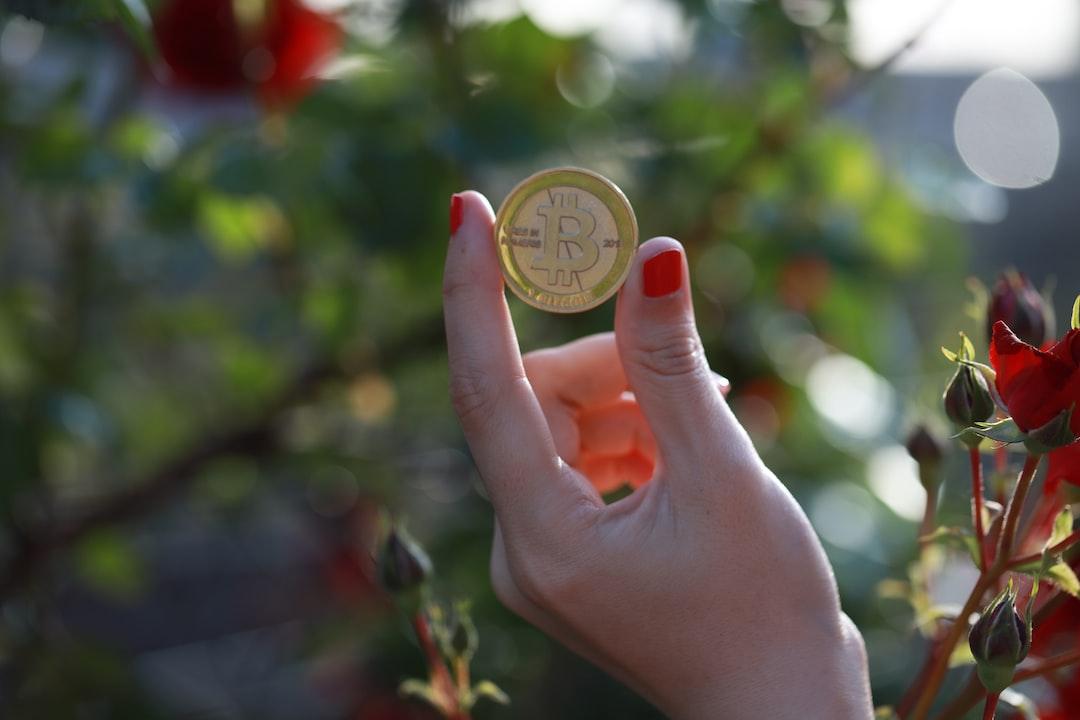The long-awaited announcement of the Starknet airdrop plan, which includes 728 million STRK tokens, was finally made yesterday. Nearly 1.3 million addresses qualify for the airdrop, and users can check if they meet the eligibility criteria on the platform. However, instead of being met with excitement, the community has expressed dissatisfaction and controversy.
The airdrop rules set by Starkware require wallet addresses to be active for at least 3 months and to hold 0.005 ETH (excluding LP) in the wallet to prevent fake addresses. Many “freeloaders” who created multiple accounts have put in a considerable amount of time and effort, contributing a significant amount of transaction volume to the Starknet ecosystem, only to receive no rewards in the end. As a result, the community has criticized the team for taking advantage of the community’s data.
Furthermore, some individuals have accused internal team members of hoarding tokens and creating numerous eligible airdrop addresses, using data such as active users, new users, and fund inflows. However, many people are satisfied with Starknet’s airdrop rules, believing that including Ethereum stakers, developers, and EIP proposal deployers in the eligibility criteria is a wise move.
From the perspective of the airdrop, Starknet’s team has successfully prevented a large number of freeloaders and fake addresses. However, this has also led to resentment from some members of the community, along with the spread of radical statements made by the project’s ecosystem leader @dimahledba on X platform, which has had a detrimental effect on the early user community expansion of Starknet.
Another controversy surrounding the issuance of Starknet tokens is the Token Generation Event (TGE). Typically, most projects set the TGE at the time when tokens are publicly available. However, Starknet minted STRK tokens on the Starknet network two years ago and designated it as the TGE, resulting in the team/investor token allocation, which was supposed to be locked for two years, becoming unlocked just two months after token circulation, accounting for approximately 13% of the total supply.
In response to this, Eli Ben-Sasson, Co-founder and CEO of Starkware, stated in an interview with Decrypt that extending the token lock-up period was meant to increase public trust in the project. However, Starknet has already established a reputation in the industry and has proven its credibility to users.
Furthermore, Eli Ben-Sasson emphasized that these individuals should be rewarded for their contributions, and extending the token lock-up period would not alleviate concerns about token dumping. The team believes that users are truly concerned about whether developers within the Starkware or Starknet ecosystem will continue to be active on the Starknet network and continue to drive its development three months or one year later. Eli Ben-Sasson stated, “It’s not the right thing to unnecessarily delay them when we have confidence in the long-term commitment to driving Starknet.”
According to contract transaction data from the decentralized exchange platform Aevo, the pre-market price of STRK is currently around $1.68, indicating a fully diluted valuation of $16.7 billion, equivalent to two major Ethereum Layer 2 projects, Arbitrum and Optimism. However, Arbitrum and Optimism have significant Total Value Locked (TVL) and active users supporting them, while it remains unknown how many active users Starknet will have in the future without the incentive of the airdrop.
Furthermore, under the dual pressure of “community resentment” and “large-scale unlocking after circulation,” it remains a concern whether such a high valuation can be sustained after the market opens.
(This article is authorized to be reproduced from GT Radar)
About GT Radar:
GT Radar is an automatic cryptocurrency trading platform specializing in “multi-strategy automatic copy trading.” With “multi-strategy automatic copy trading architecture” as its technical core, it assists investors in automated trading and management through diversified strategies. It effectively reduces trading risks, enhances investment returns, avoids buying high and selling low, and promotes rational and professional trading.
Join the GT Radar Discussion Group for weekly market analysis reports.

